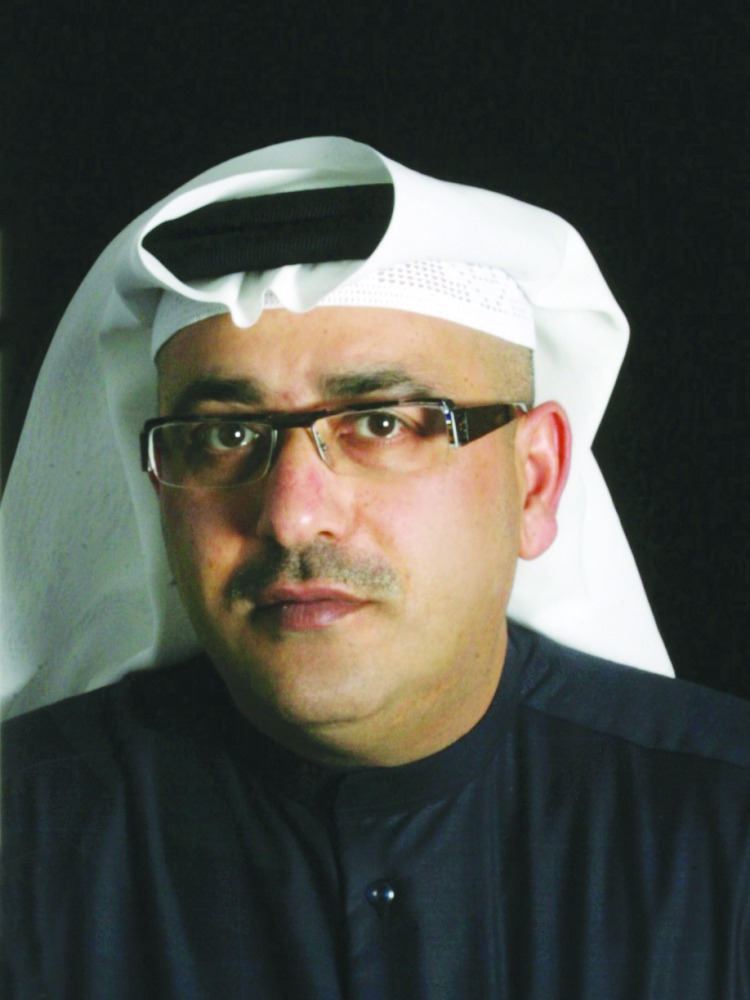
Barahat Square at Msheireb Downtown Doha. Pic: Qassim Rahmatullah / The Peninsula
Doha: Actions speak louder than words! By encouraging green and environmentally friendly initiatives, Qatar has set a sustainable example for the world. Some initiatives contribute to sustainable and regenerative development, both in Qatar and beyond.
FIFA World Cup Qatar 2022 Stadiums, Lusail City, and Msheireb Downtown Doha are a few examples to name.
Award-winning Qatari architect Ibrahim Mohamed Jaidah, a panelist in the latest edition of Qatar Foundation’s Education City Speaker Series on regenerative development, shares how Qatar can set a sustainable example to the world.
According to Jaidah, many people from outside Qatar can learn from all the stadiums being built for the FIFA World Cup Qatar 2022.
“Interestingly, they have come to represent a message from a small nation with big ambitions. From the Al Bayt Stadium, which resembles a traditional Bedouin tent, to the Al Thumama Stadium, built around the concept of the ‘gahfiya,’ all of these structures have a story to tell. They showcase an identity that relates to our culture, vision and mission as a nation,” Jaidah said in an interview.
“We are proud to say that the FIFA World Cup Qatar 2022 not only represents Qatar but the region as a whole. This message was conveyed during the bid to host the tournament in Qatar, and it continues to be conveyed now,” he added.
Engineer Jaidah also the CEO, Arab Engineering Bureau, said that most of Qatar’s stadiums recently are state-of-the-art structures – very advanced in technology and the latest FIFA criteria.
“The Al Thumama Stadium, in my opinion, is unique. The stadium was inspired by the gahfiya – a traditional form of headgear worn in the Arab world. Often, the aesthetic elements of stadiums serve as just the outer shell. Still, in this case, since the gahfiya has geometrical patterns, we wanted to integrate these into the building itself, allowing the wind to pass through it in a certain way. It’s not only highly functional; I think that makes the stadium’s design unique, in addition to the technologies that have been utilized within the structure itself,” he added.

Ibrahim Mohamed Jaidah
All stadiums in Qatar are required to have a certain degree of sustainability. Here, in the Middle East and North Africa, the Global Sustainability Assessment System (GSAS) serves that purpose.
“What makes these buildings so interesting and unique is that they utilise an outdoor air conditioning system, which is very different from any other place in the world. What this will do is give other parts of the world that have hot, harsh climates the opportunity to host sporting events, when previously they hadn’t been able to do so,” said Jaidah.
Jaidah is the founding member of Qatar Foundation’s Qatar Green Building Council, and at the time, Qatar was driving the direction of sustainability, as it still is today. Sustainability has become part of the country’s legislation, and according to Jaidah, it is a big win.
“All government buildings, and government-related buildings, as well as entire zones in Qatar – such as Lusail – have to meet certain sustainability standards. We’ve come a long way, and we’re looking forward to seeing even greater progress,” he said.
Jaidah also highlighted how Qatar Foundation had become a key driver in many cultural areas.
“In terms of sustainability, when we started with the green building concept, through Qatar Green Building Council, we sought the support of Qatar Foundation, and it provided us with that support,” he said.
Jaidah cited Msheireb Downtown Doha as an example as it is the world’s first sustainable downtown regeneration project. Fully sustainable, it has placed the environment at the forefront of its design.
“On top of that, it focuses and is directed by our culture. Qatar Foundation has done a tremendous job in sustainability, and is continuing to do so with tangible examples that are no longer just theoretical,” he said.
Jaidah further elaborated that Qatar is setting examples from a small geographical location, and I think we can make a big difference. For instance, he said that the hottest open sea in the world is the Gulf. And the hottest part of this sea is Sealine, in Qatar, so scientists can study global warming by looking at the conditions.








